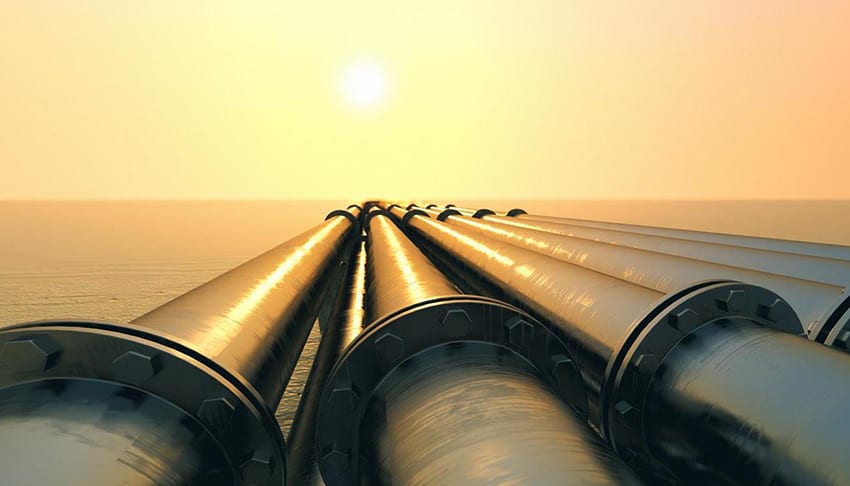(The Economist) Call it the hydrocarbon equivalent of the butterfly effect. As oil and gas supplies tighten during the northern winter, disruptions as remote as a hairline fracture on a piece of Scottish pipeline, and an explosion in an Austrian natural-gas plant, have repercussions felt around the world.
Start with the pipeline. After Ineos, a chemicals company, detected a growing crack on a piece of pipe near Aberdeen, on December 11th it said it would shut the main Forties pipeline carrying North Sea oil and gas to Britain for weeks. The suspension of a pipeline carrying 450,000 barrels a day (b/d) of crude, in a global market of almost 98m b/d, would not normally be disruptive. Yet Brent crude, the benchmark for pricing much of the world’s seaborne crude, is itself partly priced on the flow of crude from 80 fields that feed the Forties pipeline, magnifying the impact.
Futures prices for Brent crude delivered in February and March surged to two-year highs, above $65 a barrel, before falling back. That emphasised how little slack the market has, after the extension last month of a production cut by OPEC, the producers’ cartel, Russia and other petrostates. Ann-Louise Hittle of Wood Mackenzie, a consultancy, says some European refineries rely on Brent crude to produce heating oil for sale in Germany and elsewhere. “Suddenly half a million barrels are out of action at a delicate time going into winter,” she says. Those refineries may now receive some shipments of American crude.
The mishap also highlighted the fragility of the Brent benchmark, which is priced based on demand for four types of crude produced in ageing North Sea fields running through pipelines dating from the 1970s. Earlier this year S&P Global Platts, an agency that assesses the Brent price, said it would incorporate from January a fifth crude from a Norwegian field, to ensure a more stable mix of production.
The pipeline also carries a tenth of Britain’s natural-gas supply. Stuart Elliot of S&P Global Platts says that, in Britain, wholesale gas prices surged by 40% following the shutdown, until terminals storing liquefied natural gas (LNG) disgorged some stock. Indicating the global reach of the incident, he says Britain may stock up on gas by buying a cargo from the first tanker bringing LNG from Yamal, a field in the Russian Arctic, which was inaugurated by President Vladimir Putin on December 8th. Much of its gas is destined for China.
As Britain struggled with its gas supplies, elsewhere in Europe had to cope with an explosion at the Baumgarten gas hub in Austria on December 12th that killed one person. It stopped the flow of Russian gas through Austria into Italy, sending day-ahead prices for such gas soaring. Italy, which depends on Russian gas for about a third of its consumption, declared a state of emergency. But later that night Russian gas reached Italy again after OMV, Baumgarten’s operator, diverted flows. Predictably, the Kremlin used the incident to press for more pipelines to Europe. But the EU is reluctant to lean too heavily on imports of Russian gas. It sees LNG, including from America, as a useful alternative that could enhance its energy security.



